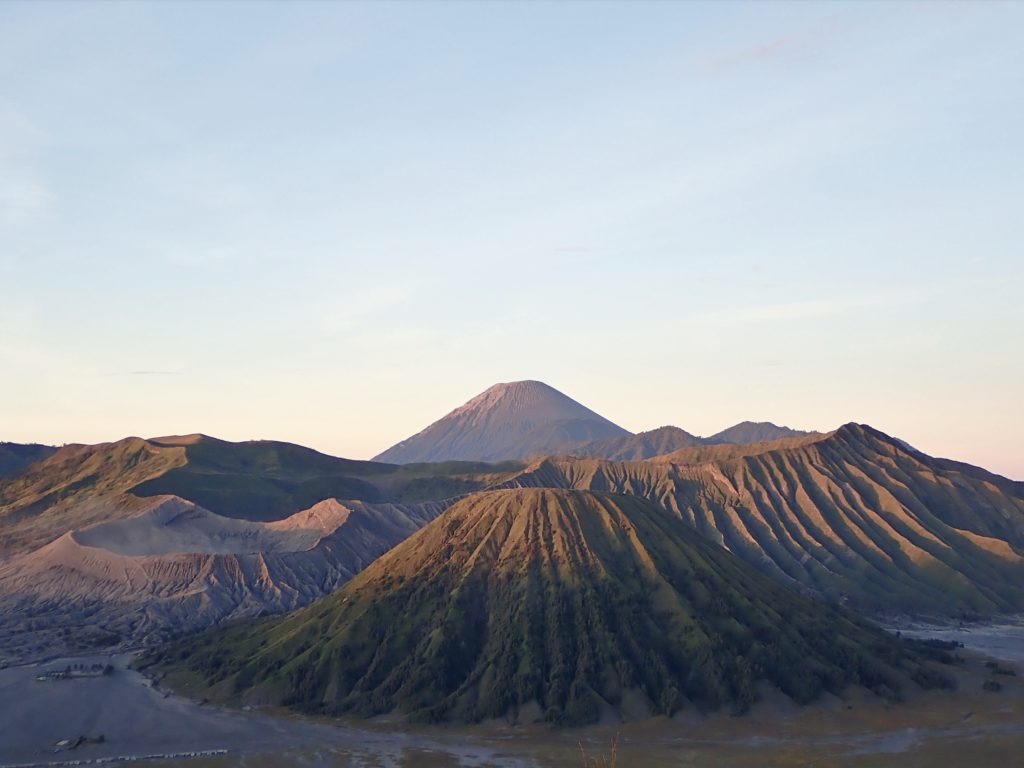
The island of Java was an amazing discovery during our world tour / honeymoon. We took advantage of a month in Indonesia to spend ten days in Java. This island is huge and we should have plan much longer if we wanted to visit it from one side to the other.
You should know Indonesia is a massive country (with more than 17,500 islands)! Each island offers to discover different cultures and environments. We could easily have explored this country for 6 months or more! However, we limited ourselves to the one month of the regular touristic Visa.
Bali is the most popular tourist destination in Indonesia. The island of Java is only a thirty minute ferry ride from Bali. However, we saw very few international tourists there but the island attracts a lot of Indonesian tourists. In addition, it is the country central island with the economic capital of Jakarta. The major difference between Java and Bali is the religion. Indeed, on the island of Java, we no longer fund a temple in every home and offerings in the streets but we enjoyed every day the beautiful songs from the Muslims call to prayer . We loved the Javanese culture, the incredible landscapes and visiting to the sumptuous remains of religious sites.
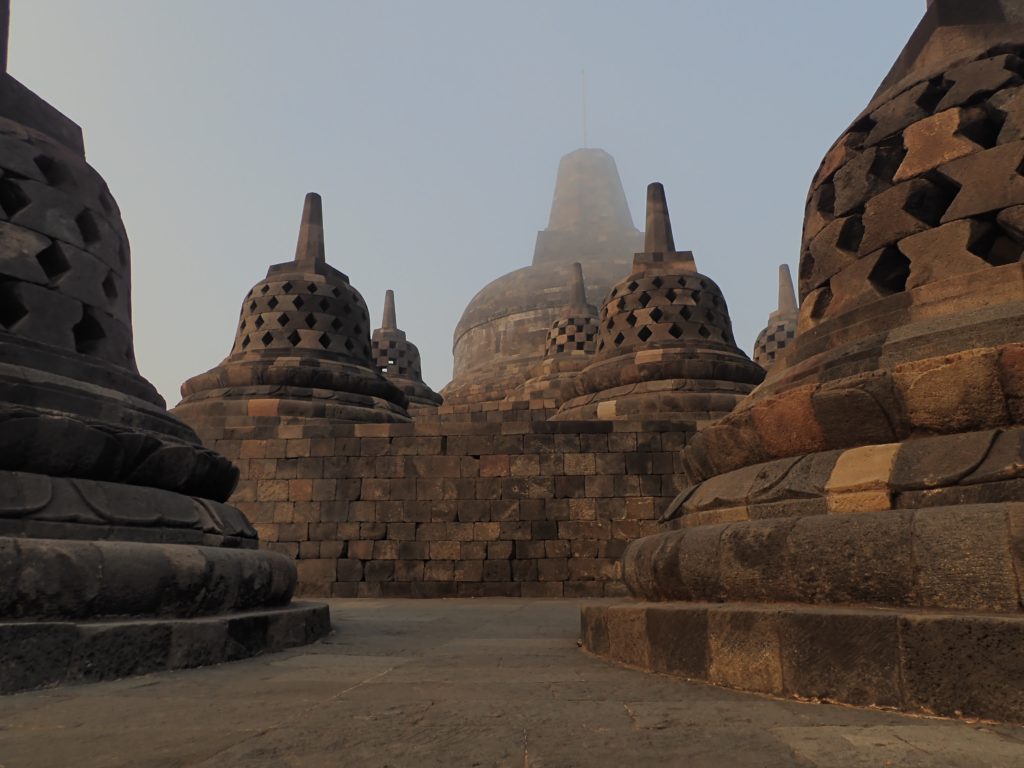
According to us, the Java island is as much worth a visit as Bali and offers equivalent experiences with fewer tourists. We arrived at the port of Banyuwangi on a ferry from the Bali island. We then explored the island by taxi and train starting with Meru Betiri Park and Sukumade Beach then Bromo Volcano ending in Yogyakarta city. We left Indonesia for Malaysia, by plane, from that city. Yogyakarta was also our base to visit the temples of Borobudur and Prambanan.
Meru Betiri National Park
What to do in Meru Betiri?
The Meru Betiri National Park, in the south-eastern part of the island of Java, has a lot to offer and is not (yet) affected by mass tourism. Indeed, we only met a few rare foreign tourists and a small number of local tourists.
In this park, you can enjoy incredible deserted beaches. Check with the locals for safe swimming spots as it is not supervised. You can also stay in magnificent fishing villages with breathtaking landscapes of rice fields and beaches. Plus, you can explore the lush jungle of the park with its adorable monkeys.
Do not miss to visit the magnificent Teluk Hijau beach accessible after a short walk from the entrance of the park.
Unique experience with turtles at the Sukumade Beach
The main reason for our excursion to Meru Betiri Park was the possibility to observe one of our favorite animals: turtles!
The government’s program to access Sukumade beach
The Sukumade beach is only accessible at certain times and in the company of the rangers. Therefore, it is necessary to get organise and book in advance. We went through our host who organised everything for us. To reach the beach, we drove through the jungle for several hours over very rough terrain and roads (and even crossed rivers). We took part in a government program for the preservation of sea turtles.
The accommodation on site is extremely basic, it looks like a military camp. However, we were only staying there for a short night. It’s good to be warned and not plan to have to wash on site, we were also happy to have our own sheets and our mosquito net. The meals were fine. We were only 4 tourists, the two of us and two tourists from Jakarta. However, when leaving to go to the beach after dinner, lots of jeeps arrived suddenly and in the end about fifty Indonesian tourists joined us. They crossed the jungle at night to sleep in more welcoming places.
Observing turtle nesting and releasing baby turtles to the sea
We all sat in silence on the beach and after several hours of waiting the rangers received a call: a turtle was laying eggs. Watching it digging the hole and returning to the sea was absolutely fascinating. The rangers then dug up the eggs and counted them before putting them away from predators in the nursery (which can be visited).
We rested for a few hours before setting off again at dawn to release baby turtles (which were a few weeks old). We released our six turtles one by one (five green turtles and one olive ridley turtle). Our olive ridley turtle, smaller than the others, had a hard time getting to the sea. Once we got them out of the bucket and on the beach we were instructed not to touch the turtles again. So we anxiously watched her go in the wrong direction and get constantly swept back by the waves. Finally our little turtle, renamed Franklin, managed to get to sea. Some of our turtles were still sticking out their heads and a little paws here and there as if to say a last goodbye before we lost sight of them.
Unfortunately, only one in a thousand will survive to adulthood. This sad figure is due to predators but also to human actions on the oceans such as fishing and pollution.
It was an amazing experience ! In the end, we are very happy we slept there by the beach. In addition, we made friends with the other two tourists and shared unforgettable memories.
Turtle and beach protection
On the other hand, we were absolutely shocked by the quantity of waste found on this protected beach with access strictly regulated. It was very sad to see our baby turtles stepping over pieces of plastic to get to the sea. On the way back, we filled with garbage the bucket in which we had brought the turtles from the nursery. The Indonesians around us were happy to do the same after seeing us.
We encourage you to do it as well if you are visiting Sukumade. During our visit, the rangers were very attentive to respecting the turtles. It is also very important for visitors respect all instructions scrupulously and do not disturb the turtles. It is such a privileged to witness this and we need to remember we are already being intrusive just doing so !
Where to stay around the Meru Betiri National Park and Sukumade beach?
There are few accommodations and information is very difficult to find online. This is why we choose to stay with locals at the Java Turtle Homestay in the small village of Sarongan at the eastern entrance to the park. We contacted the owner via Whatsapp and he organised our entire stay there. We highly recommend this pension for a unique and authentic experience.
The accommodation is located in a fishing village and we were the only tourists for the first two days! Our bedroom and bathroom were comfortable and all meals were included and prepared by our host’s wife. We spent three days in this wonderful place.
Java Turtle Homestay Activities
Our host, Poer, took us on bikes through the village and surrounding landscapes, to the rice fields and to the beach. Ah and the beach, let’s talk about it : it was just a few steps from our accommodation, a heavenly beautiful beach (and zero tourists)!
The first evening, Poer has to leave to help his family to prepare a religious celebration and offers us to join him. The preparations were complicated but carried out in a very festive way. The traditional cake for large events is prepared in huge pots and must be stirred for five hours with no interruption. The men played cards and dominoes while smoking and the losers took over to stir the cake. The children, already in their pajamas, were having fun in the garden.
Help with garbage collection
The next day, Poer asked us if we were willing to start the day collecting the garbage in the village streets with the primary school children. He told us it would help him a lot to set an example and educate children on this sensitive subject. We weren’t sure why were a more valid example than him, but we were happy to help cleaning up. All the children and teachers were excited to meet us and to collect the rubbish together We recognised “Fifi”, Poer’s daughter, and other children we had met the night before (although they were looking quite different in their school uniforms).
On the other hand, we didn’t know where to start picking up… As soon as we lowered our eyes, we only saw garbage: on the road, in the gardens, in the river… At the end, Poer told us he knew very well tit wasn’t good the environment but he has no other choice than to burn the waste collected as there was no other way to dispose of it.
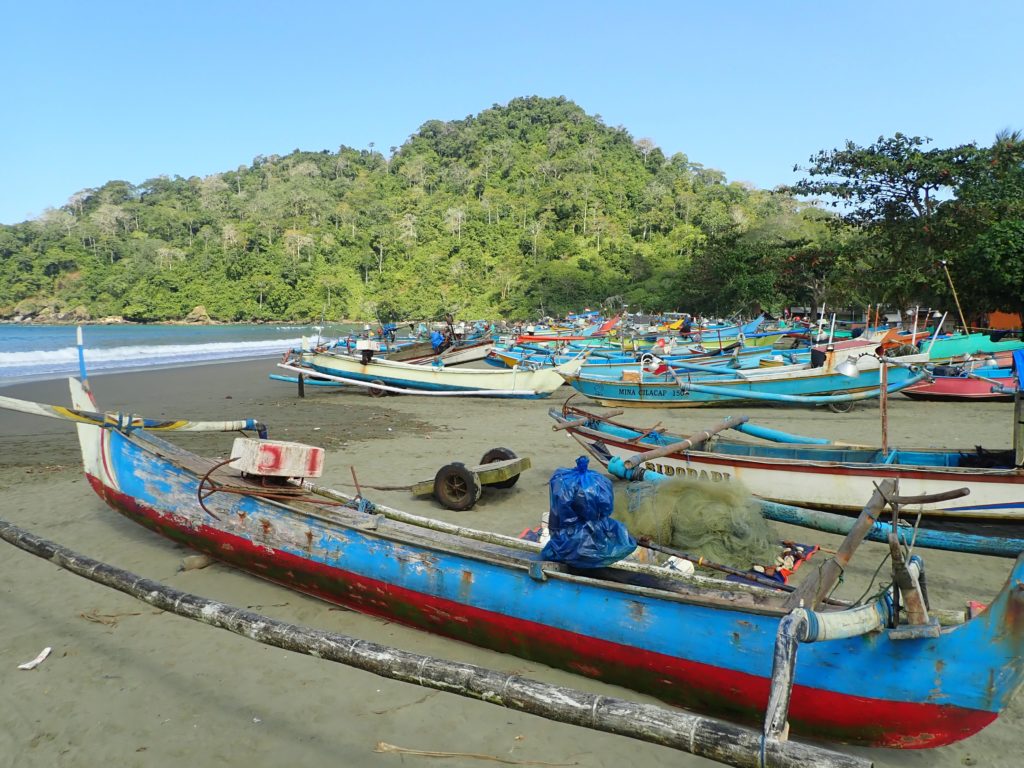
Waste problems on the Java island and in Indonesia
We were very shocked by the amount of garbage observed since our arrival in Indonesia. Poor waste management appears to be the result of a lack of education and awareness around environmental issues. It is also due to the lack of resources implemented by the government. Overall and worldwide, it is everyone’s responsibility to drastically reduce our waste and change the way we consume.
Finally, Poer drove us to Sukumade beach and organised our night with the rangers to observe the turtles.
Poer can also help you organise transportation. Indeed, there is no public transport to get to this remote village. Also, taxis are not very inclined to get there for a reasonable price. We went there from the port city of Banyuwangi with a friendly Indonesian we met in a mini market. Poer then drove us to Geteng station where we took a train to Probolinggo.
Java volcano: Mount Bromo
Mount Bromo is an active volcano which rises up to 2330 meters. To get there, we had the choice between staying in the town of Probolinggo, Malang or in the village at the foot of the volcano. It is possible to get to the volcano by yourself without paying for an organised tour. Indeed, we have met other travellers who had done so. You have to do your research and have a good flashlight!
In the end, we preferred to choose the comfort of the Probolinggo town. Tours to visit the volcano were cheaper from Probolinggo than from Malang. Also, this city offers easy transportation to Yogyakarta which was our next destination.
The town of Probolinggo does not have much to offer, it is a town on the north coast of the island about 45 km from Bromo. Departures for the Bromo volcano at sunrise are at 2:30 a.m. and returns at 9 a.m. We stayed two nights at the Clover Homestay hotel and chose the tour offered by the owner. For 400,000 rupees per person, we couldn’t find a cheaper price. To book, you can contact Waugu the owner on WhatsApp at +62 823 3313 9228. Waugu seemed very honest and explained all the different possibilities to visit the Bromo volcano (apart from the tour he offers).
You arrive at night to enjoy the view on this lunar landscape with the very impressive sunrise. After this, for the ascent of the mount, part of the journey is done by jeep and the rest on foot. We strongly advise against riding on the horses which are in questionable conditions.
Train journeys on the Java island
To book your train tickets you can use the tiket.com website. We were very pleasantly surprised by the quality of the trains on the island of Java, extremely clean and comfortable. It is an economical and very pleasant way to travel through the island while enjoying the landscapes. We also really liked the food served on board.
We tried economy class and executive class (the equivalent of first class), both were very good.
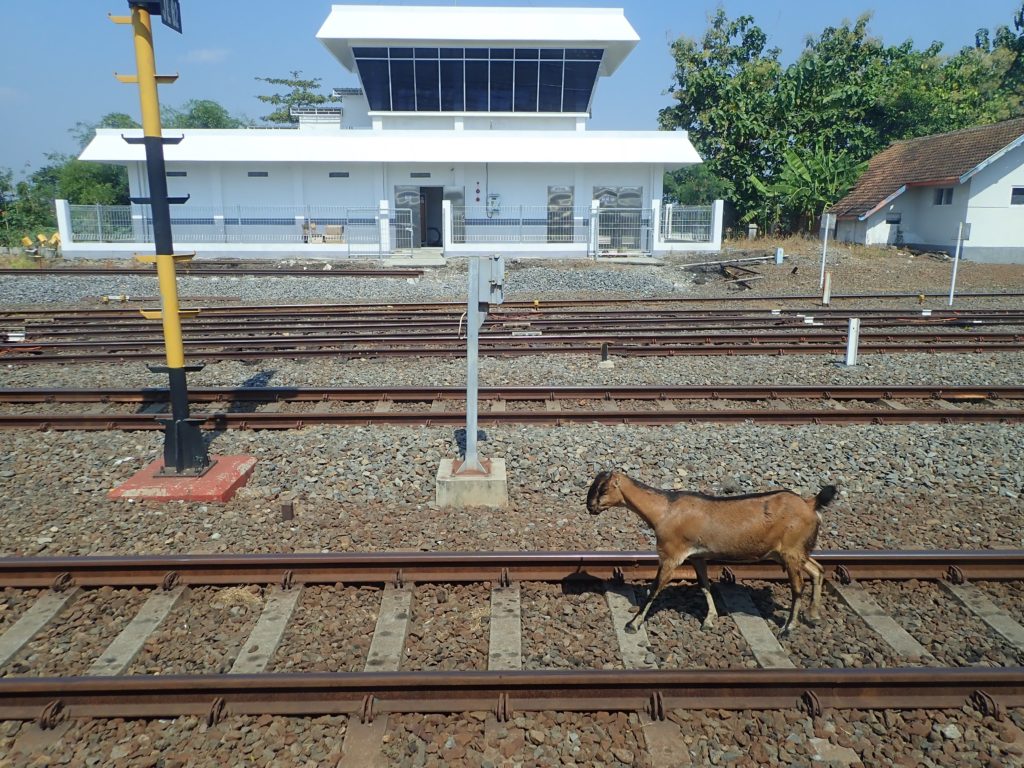
Yogyakarta city
The city of Yogyakarta is known as the center of classical Javanese art and traditional culture. You will be relieved to learn it is commonly called “Yogya”, which is much easier to pronounce. We decided to spend several days exploring this city and used it as a base to visit the Borobudur and Prambanan temples.
What to do in Yogyakarta?
-
Visit of the Kraton, sultan’s palace
Please note, there are two entrances with two different prices giving access to two distinct part of the palace. One costs 7,000 rupees and the other 15,000. We booked the 15,000 one, which is the recommended visit. Don’t be fooled, this entrance is harder to find and is located behind the first entrance, near a large clock. Here is the exact location of the entrance.
Once inside it is possible to take a tour with a guide. We highly recommend it. The tour is free (donation suggested), our guide was incredibly enthusiastic and we learned a lot. You can also observe a traditional show (dance or puppet shadow theater depending on the program).
Next door, we also visited the small museum of carriages Kareta Karaton.
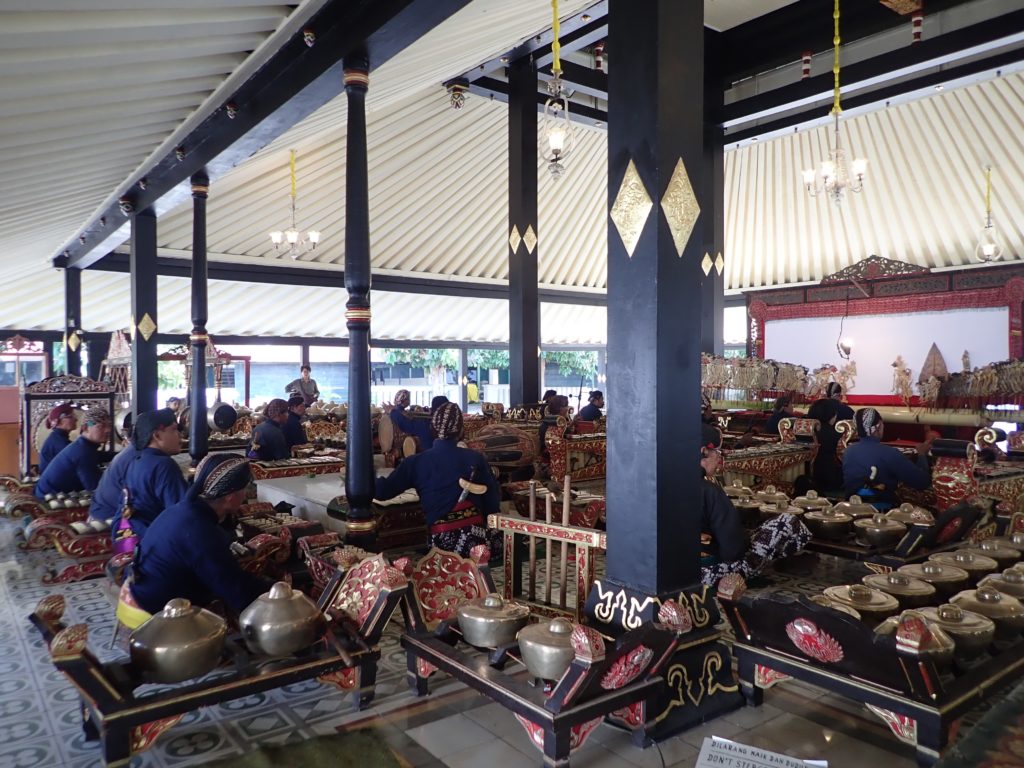
-
The ancient sultan’s baths, the Taman Sari water palace and the underground mosque of Sumur Gumuling
Then we walked to Taman Sari, the ancient sultan’s baths. We were a little disappointed as the baths were empty for renovations. However, there is a lot to see. Indeed, there are other points of interest like the underground mosque of Sumur Gumuling. To find it, we had to cross the streets of the neighborhood. We were still within the confines of the visit, but at the same time in the city. In fact, we had to ask for directions several times to find the entrance, but it was worth the look!
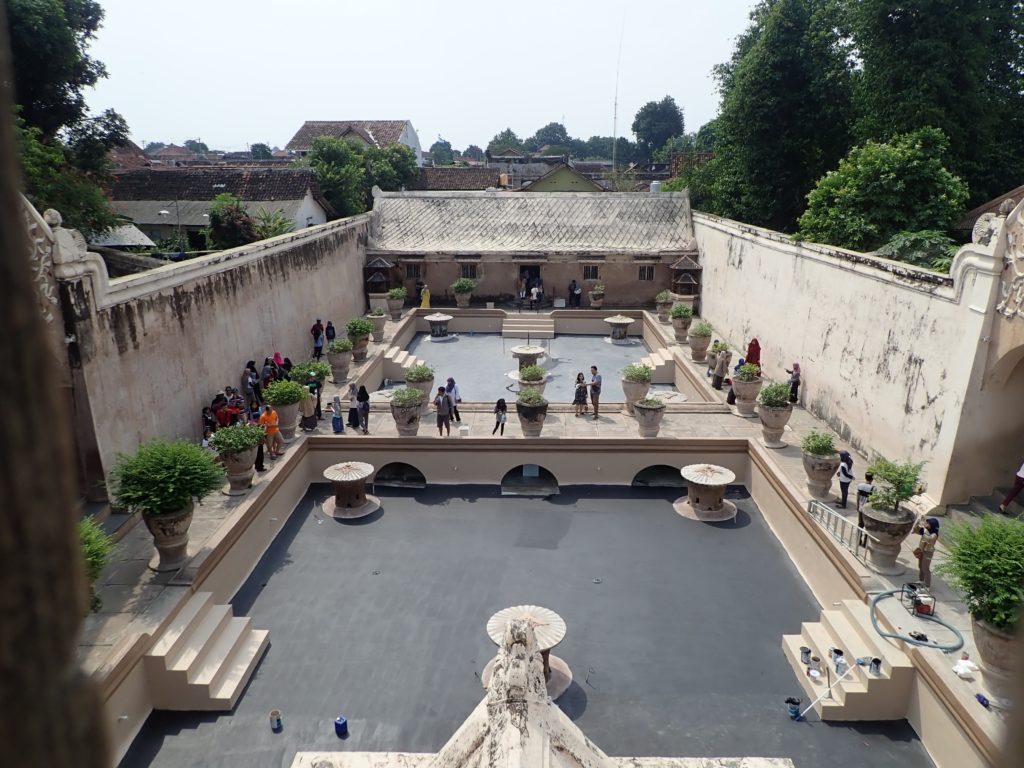
-
Sonobudoyo History Museum
We had an interesting guided tour of this history museum. This allowed us (following the Kraton visit) to deepen our discovery of Indonesian and Javanese history and culture.
-
Alun-Alun Kidul Square
Two trees face each other in the middle of the square, it is customary to try to walk blindfolded to pass between the two. Give it a try, it is harder than it looks. In the evening the square is lively and it is possible to take a ride in an illuminated pedal car. It’s worth a look. During the day, watch out for the displays of exotic animals, it is far from ethical…
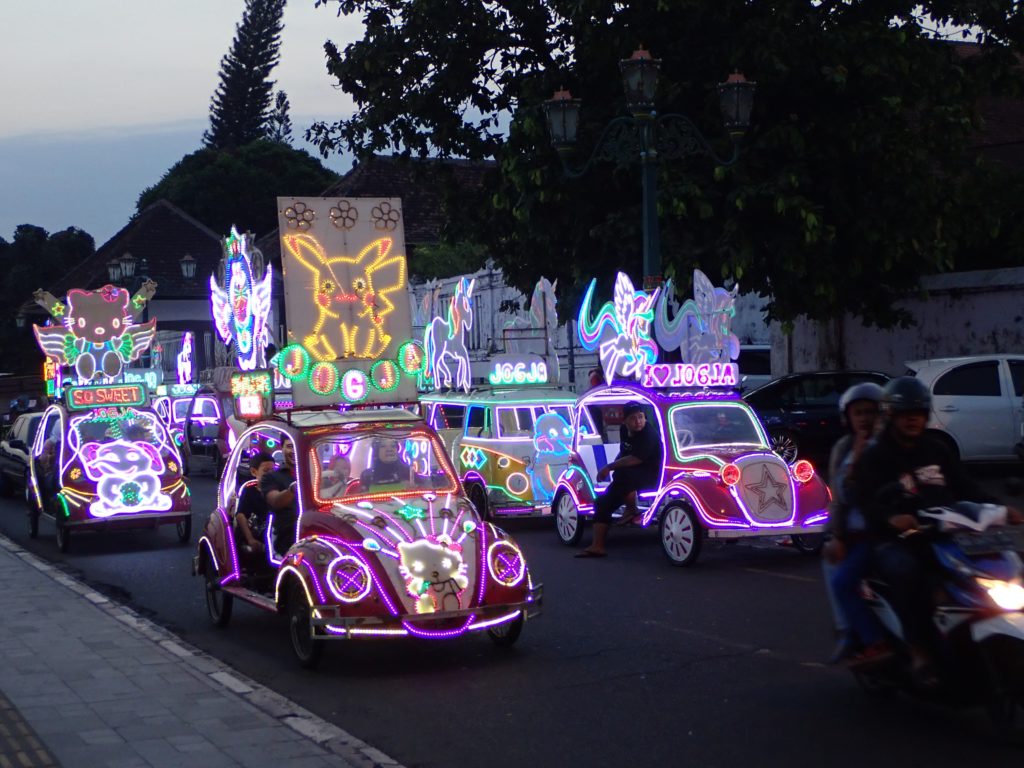
-
Go shopping and discover the Batik
Batik (Javanese word) is a fabric printing technique practiced in many countries in Asia and Africa. Indonesian Batik, originally produced mainly on the island of Java, has been inscribed by UNESCO on the list of the Intangible Cultural Heritage of Humanity. We observed the manufacturing process at the impressive Batik Winotosastro in Tirtodipuran Street. It is even possible to choose the pattern of your own Batik.
Malioboro Street is the place to find a thousand souvenirs, but beware, it quickly becomes overwhelming.
-
Walk in the Money District, Kota Gede
Yogyakarta is known for its silverwork. The goldsmith’s district is Kota Gede, in the south-eastern part of the city. A stroll through the streets of Kota Gede allows you to see the beautiful houses from the industry. You have to walk around to check out the shops and observe the incredible work on some pieces.
We also took advantage of the area to visit the Makam Raja-Raja Mataram Kotagede temple, buy some chocolate at Monggo Chocolates and stroll in the Pasar Kotagede market. The atmosphere of the Kota Gede district, which is less touristy than some other part of the city, is very nice.
Forging our own silver rings
We forged our own silver wedding rings (we preferred not to take our actual wedding rings around the world)! We booked this activity with ViaVia at studio 76 for 450,000 rupees for both.
It was a fun and educational activity! We were able to do everything from A to Z and Clémentine’s design was even added to the examples on site. We are now very proud to wear our creations.
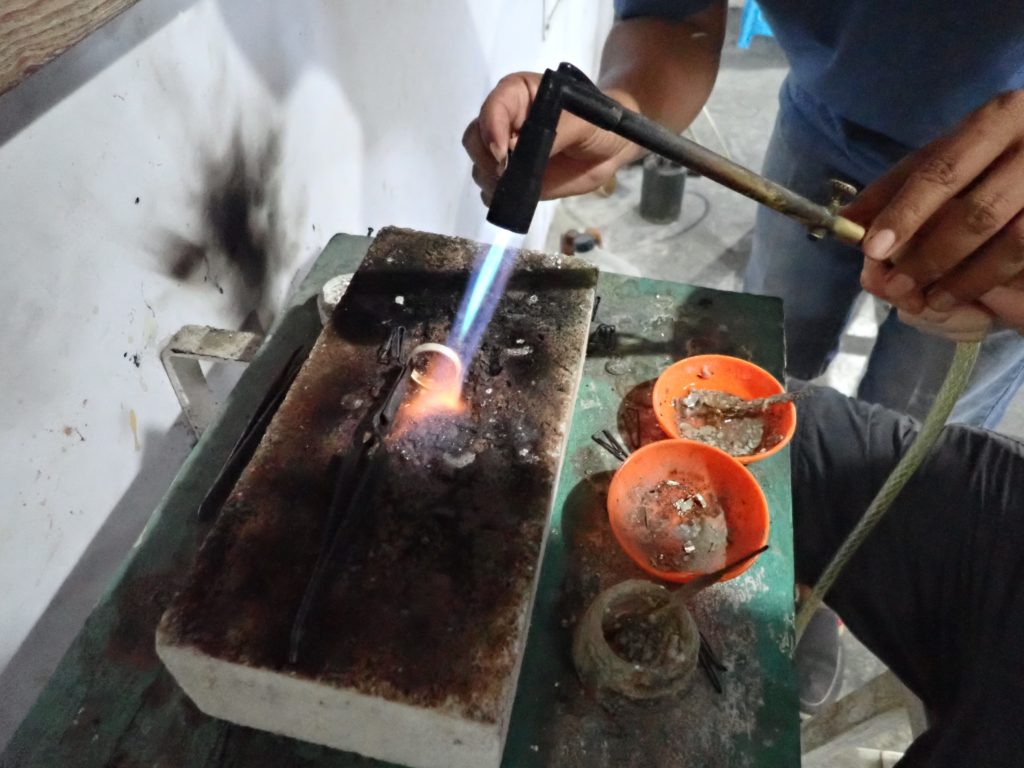
Where and what to eat in Yogyakarta?
You will find a multitude of warungs in town, from small local restaurants to street food stalls, serving Javanese specialties. No doubt you will taste the famous Nasi and Mie Goreng (fried rice and noodle dishes) more than once in Indonesia. We also recommend the Gado Gado (Javanese dish of vegetables cooked with peanuts) and the Sate or Satay (meat skewers with peanut sauce).
But in Yogyakarta you have to savor the local specialty: the Gudeg. It is a stew made from young jackfruit fruits with palm sugar, coconut milk, meat, garlic, and lots of spices.
According to travel guides, in Tortodipuran street there are the best restaurants in town. After our visit to the Kraton, we ate at the Gadri Resto which offers a pleasant setting.
The precautions regarding food in Southeast Asia should be applied here as well. So be careful not to drink tap water without having filtered it and be cautious with raw fruits and vegetables. However do not get paranoid, after a month in Indonesia we have not had any problems and we have not met any sick travellers.
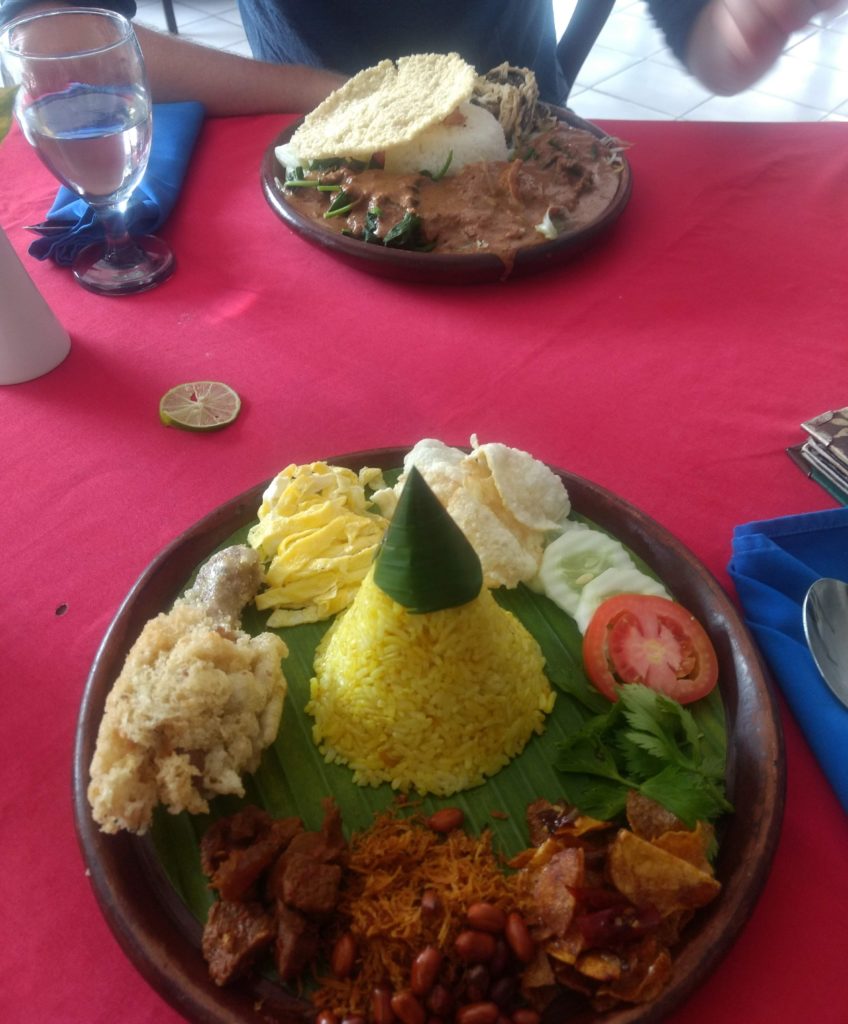
Where to stay in Yogyakarta?
We stayed at BYTE Bed & Breakfast booked through Airbnb (Register on Airbnb using our link: https://www.airbnb.com/c/cbaudet7 to get a discount on your first stay).
We really liked this hostel at very reasonable prices. It was very clean and comfortable, as well as friendly. We had great encounters there.
How to dress in Yogyakarta and on the island of Java?
We didn’t have any issues with our clothes in Yogyakarta, but Clémentine felt a bit out of place in her above-knee dress on our first day of visit. In fact, locals dress in long dresses or skirts or even pants that cover up to the ankles. The majority have their shoulders covered and many women wear the veil. Clémentine therefore decided to wear pants the following days (despite the heat). Also, we always had a sarong / scarf in the bag to cover her shoulders if needed for the visits.
Borobudur temple
It is said the Borobudur Temple is one of the most beautiful Buddhist temple in the world and we were not disappointed with our visit! The site would have been built around the year 800 and then abandoned around the year 1100. This shrine and place of pilgrimage is one of the largest Buddhist temples in the world. It has 3,000 bas-relief sculptures, 72 stupas and 504 Buddha statues! Seen from the sky, the whole structure forms a mandala. The total length of the galleries is approximately 5 km.
We bought a combo ticket (45 USD) to visit Borobudur and Prambanan and we did our tours on two separate days. More information on the borobudurpark.com website.
After a very early morning we went to Borobudur to admire the sunrise. Unfortunately we weren’t able to enter until dawn. Apparently you would have to join an excursion from a travel agency for this, for very high prices! Being there at dawn still allowed us to start our visit with very few tourists and to take advantage of a beautiful atmosphere for photos.
Prambanan temples
Not far from Yogyakarta, and built during the same period, is a set of Hindu temples. The temples of Prambanan are an icon of the cultural heritage of Indonesia. The largest temple is dedicated to Shiva, the destroyer, and is 47 m high. The two smaller ones on its right and left are dedicated to Brahma, the creator, and Wisnhu, the preserver. There too, the grandeur, the complexity and the architectural concept make the visit incredible!
We were guided through the main structure by three friendly student guides (free visit – on donation) who wanted to work on their English. In addition to a very dynamic and funny visit, they allowed us to understand a lot about the deities, culture and religion. We strongly recommend you to accept this kind of offer after purchasing your tickets.
After Borobudur at dawn, we went to Prambanan in the afternoon (count several hours of visit!) and stayed to admire the sunset.
Finally, we attended the Ramayana Ballet show and ate at the restaurant before the show. The outdoor show, with the amazing view of the temple behind, is definitely worth the cost and we loved this out of the ordinary experience.
Our tips for visiting Java
How to get to the island of Java?
By international plane:
Most flights arrive in Jakarta, it all depends on which parts of the huge island of Java you want to visit. Be aware that with changes in Asia you can arrive directly in Yogyakarta, Surabaya or Malang. Between its cities connections are easily made by train.
From Bali:
To get to Java from Bali, we embarked on an adventure ! We left with a public bus from Pemuteran. To do so, we waved at a red colored minibus on the side of the road. Please note, we believe we have been taxed more than the price of a local ticket. But, in Bali, it is very difficult to take public transport and to get proper information …
The bus dropped us off in front of the ferry at Gilimanuk and we bought our tickets there (much cheaper than the bus!). There are constant ferry departures. The ferry arrives at Banyuwangi from where you can leave to visit the famous Eji volcano and its blue flames.
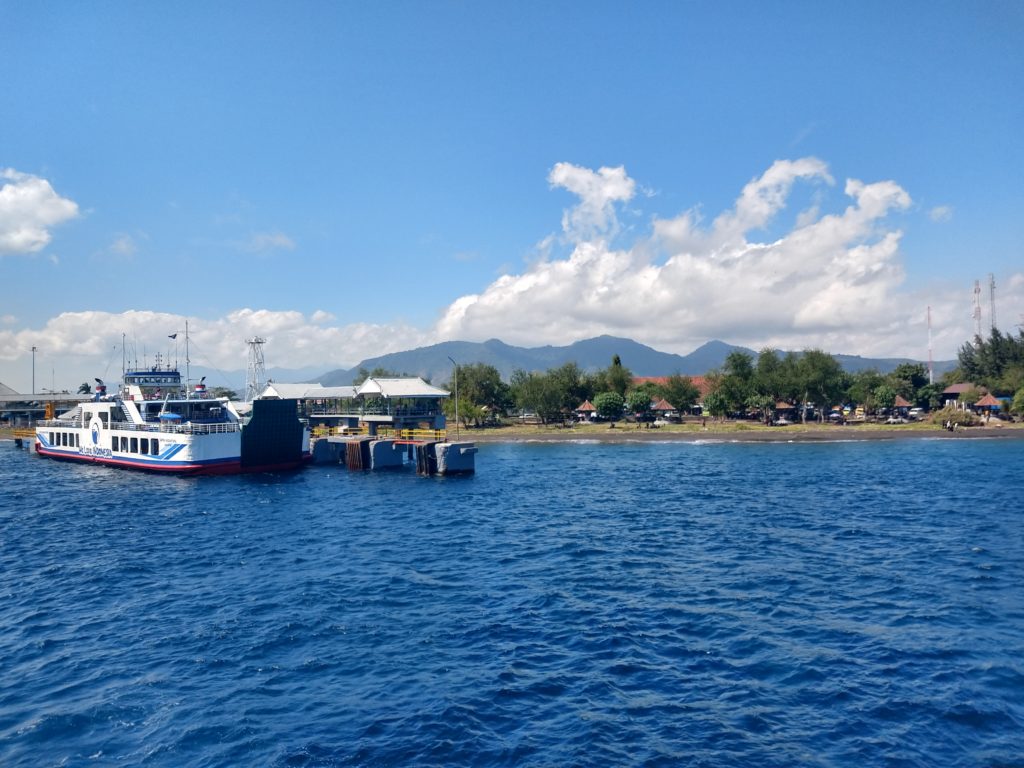
Phone, Internet and useful applications in Java and Indonesia
In Indonesia, as in other Asian countries, the Grab and Go-Jek apps will come in handy. It is the equivalent of Uber. But, here you can also order a scooter taxi to avoid traffic jams, or have everything and anything delivered to you.
Internet will therefore be very useful to you during your trip, if only for Google Maps. It is incredibly easy to buy a SIM card with internet data, you don’t even have to give your name. Search for approximate prices before buying. If you are travelling to different islands, check that your package includes a global internet package. This is because the local internet in your package will only work on the island where you purchased it, while the global internet will work anywhere in Indonesia.
Some useful words in Bahasa Indonesian
With over 700 languages spoken in Indonesia, everyone understands each other in the official language: the Bahasa Indonesian.
Here are some useful words:
- Terima Kasih : Thank you
- Nasi : rice
- Mie : noodles
- Goreng : fried food
- Ayam : chicken
- Bebek : duck
- Kafe : coffee
Indonesia is a huge, very diverse and interesting country. We are happy to have explored two different islands, and we look forward to going back to discover more! It is a pity the tourist visa is limited to one month and the renewal of this visa is so complicated. Here are other destinations in Indonesia we would like to visit: Raja Ampat, Komodo, Sumatra, Borneo, Gili…
Have you been to any of those? Do you want to explore Java? Thanks for reading this article, let us know your thoughts in the comments below.
Clémentine’s reading list on Java and Indonesia
- The Lonely Planet Indonesia travel guide (useful to visit several islands)
- Elizabeth Pisani’s book: Indonesia etc. exploring the improbable nation
- The Rainbow Troops (Laskar Pelangi), a popular Indonesian movie
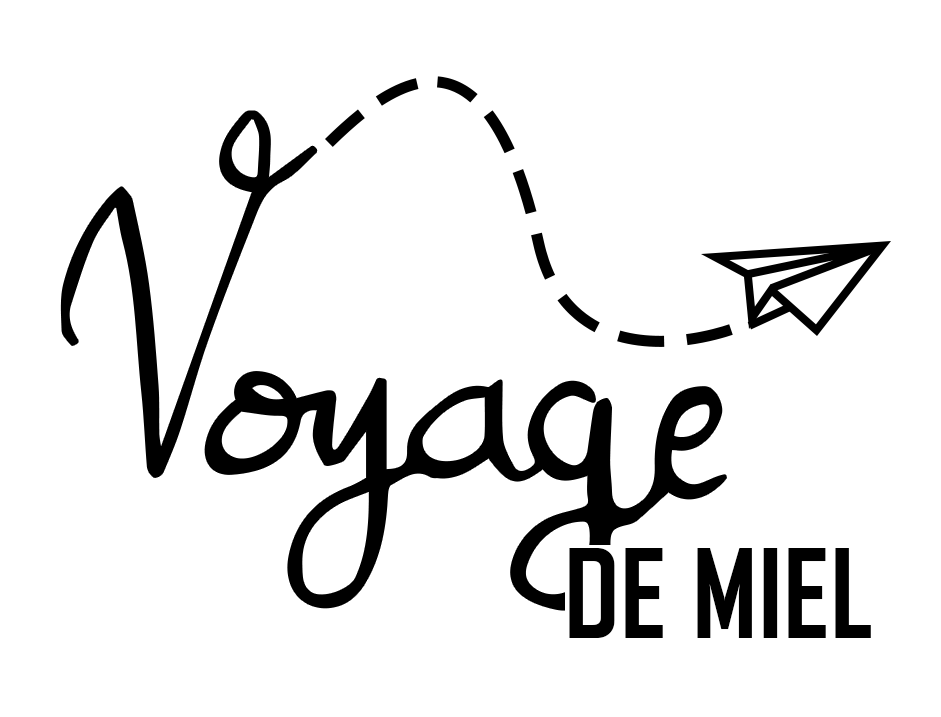
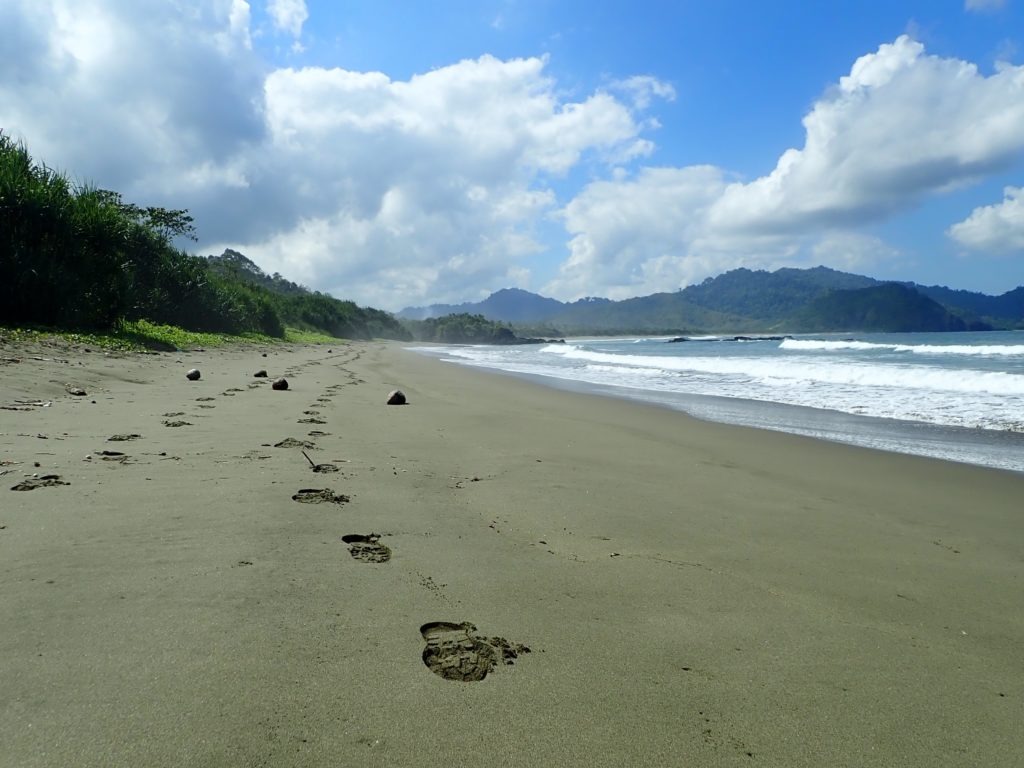
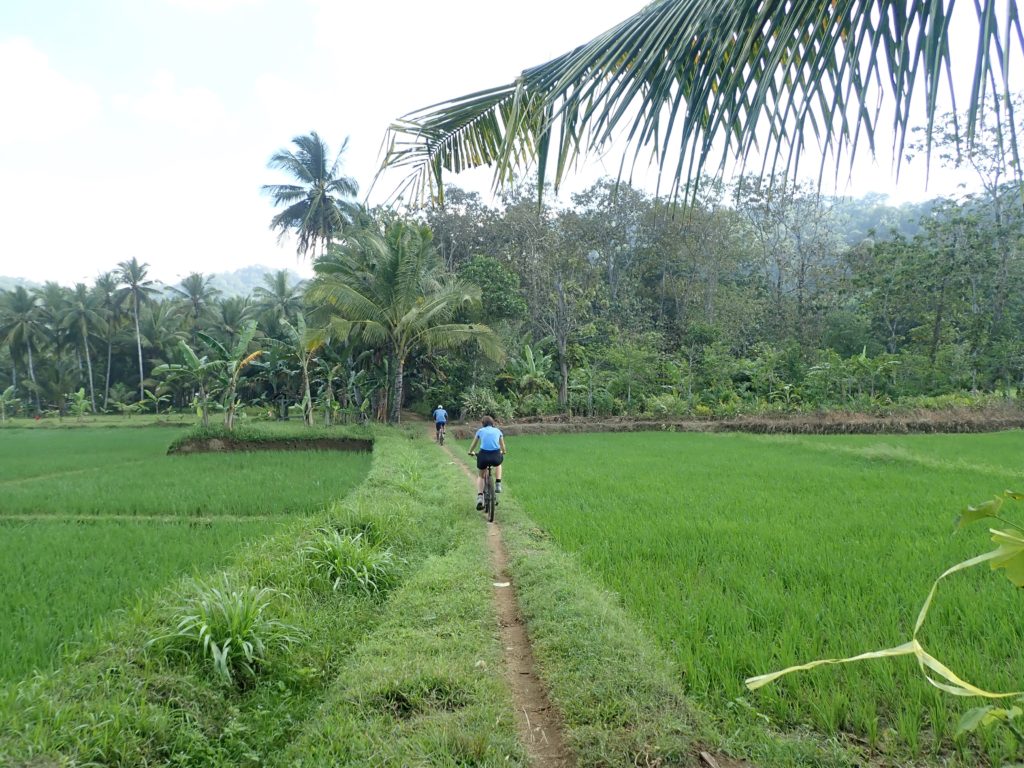
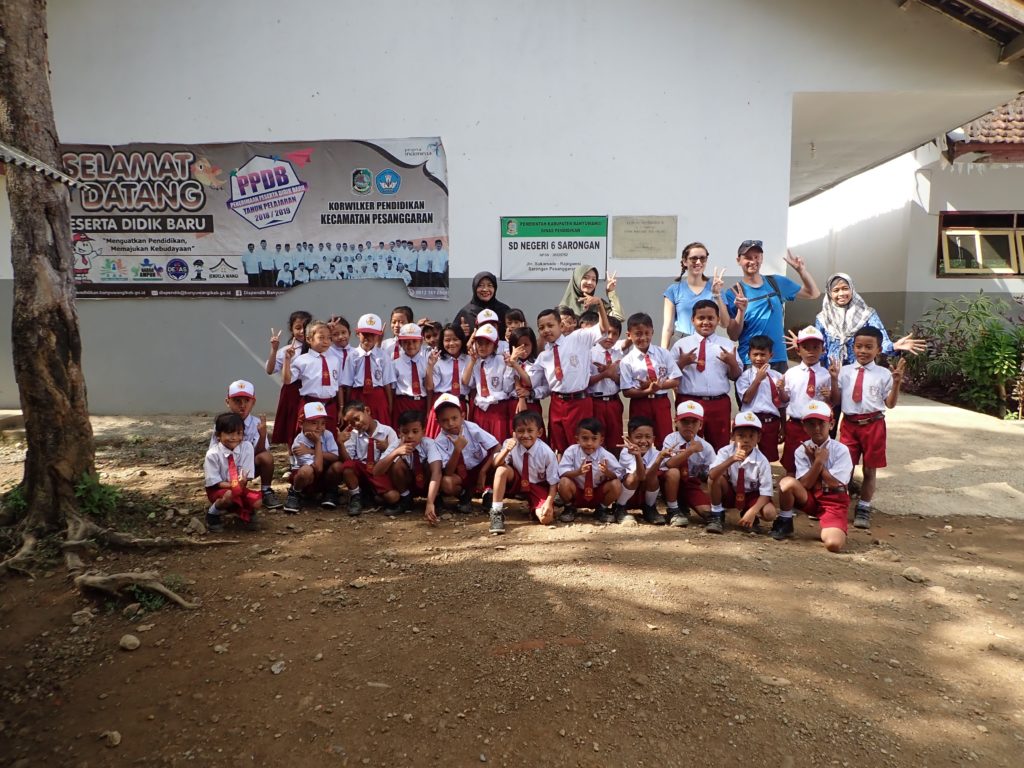
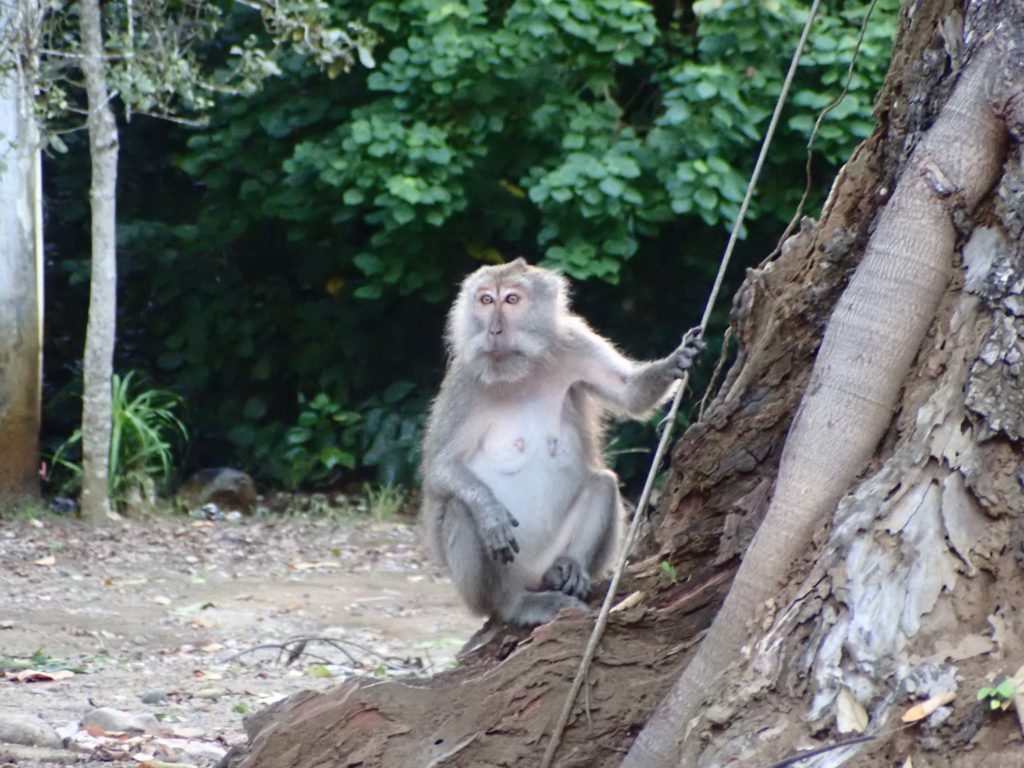
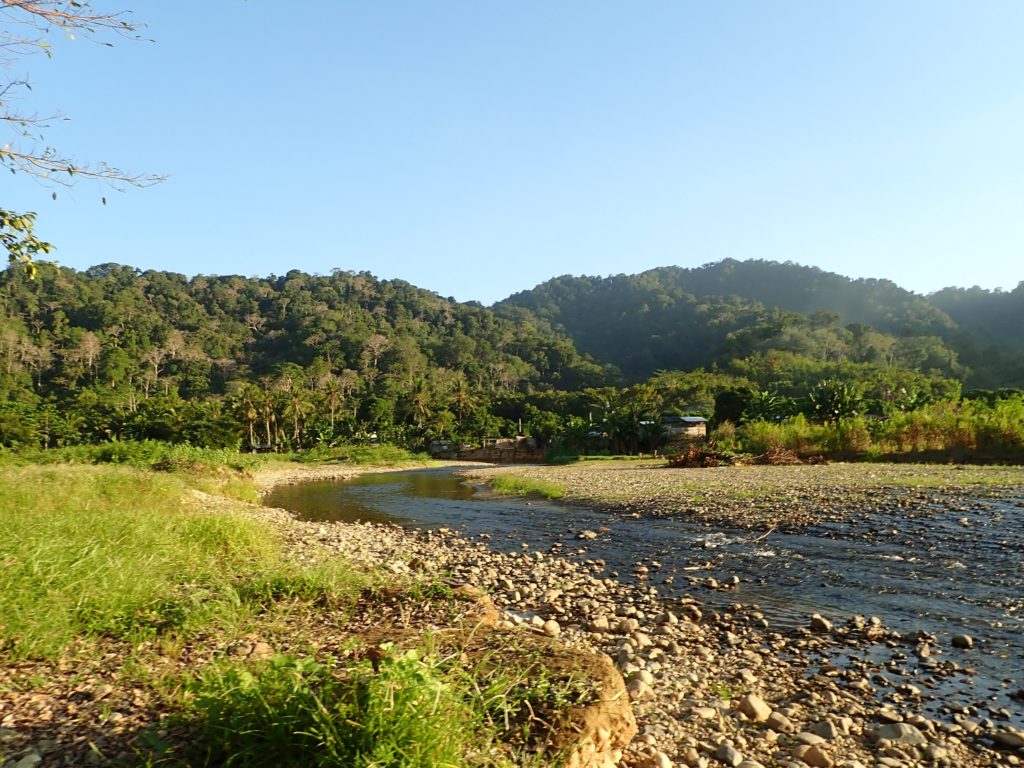
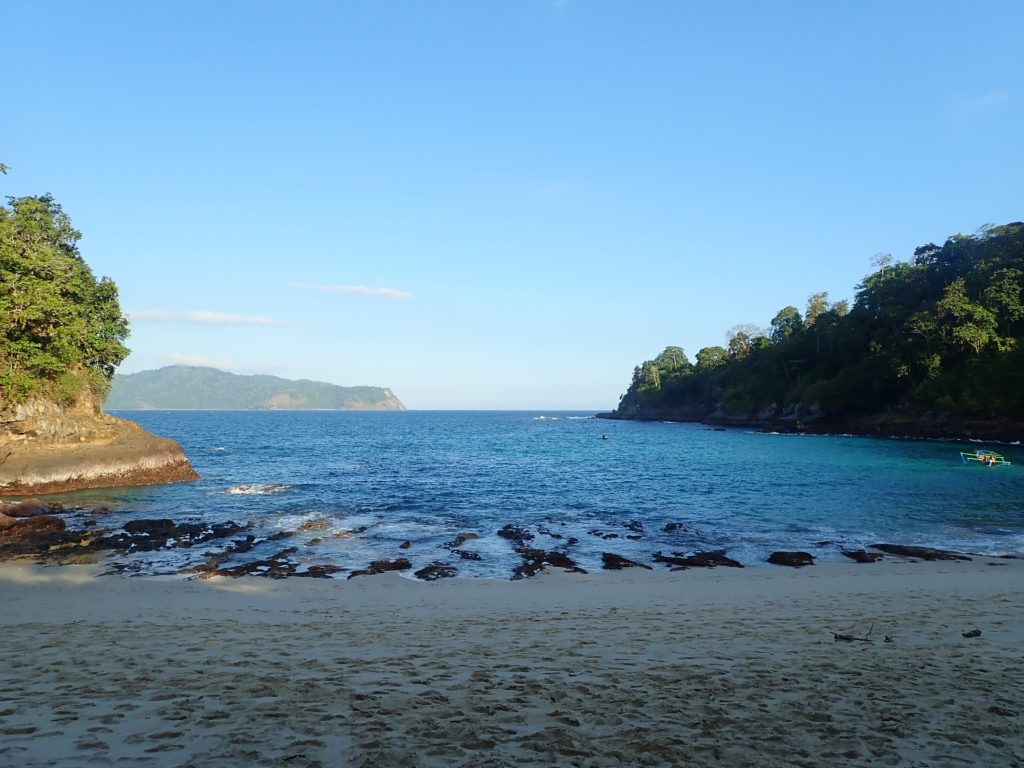

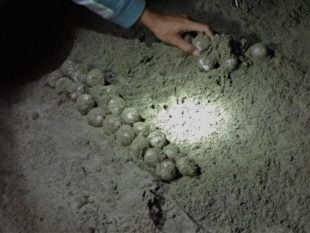
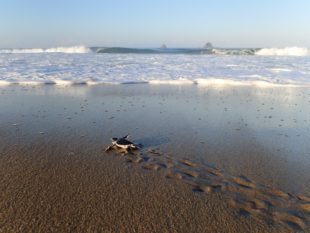
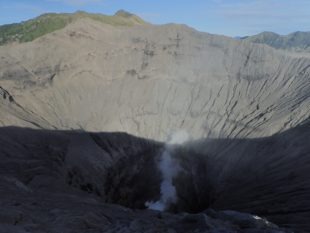
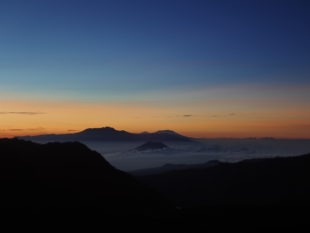
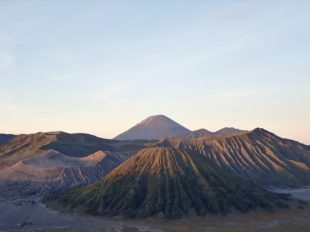
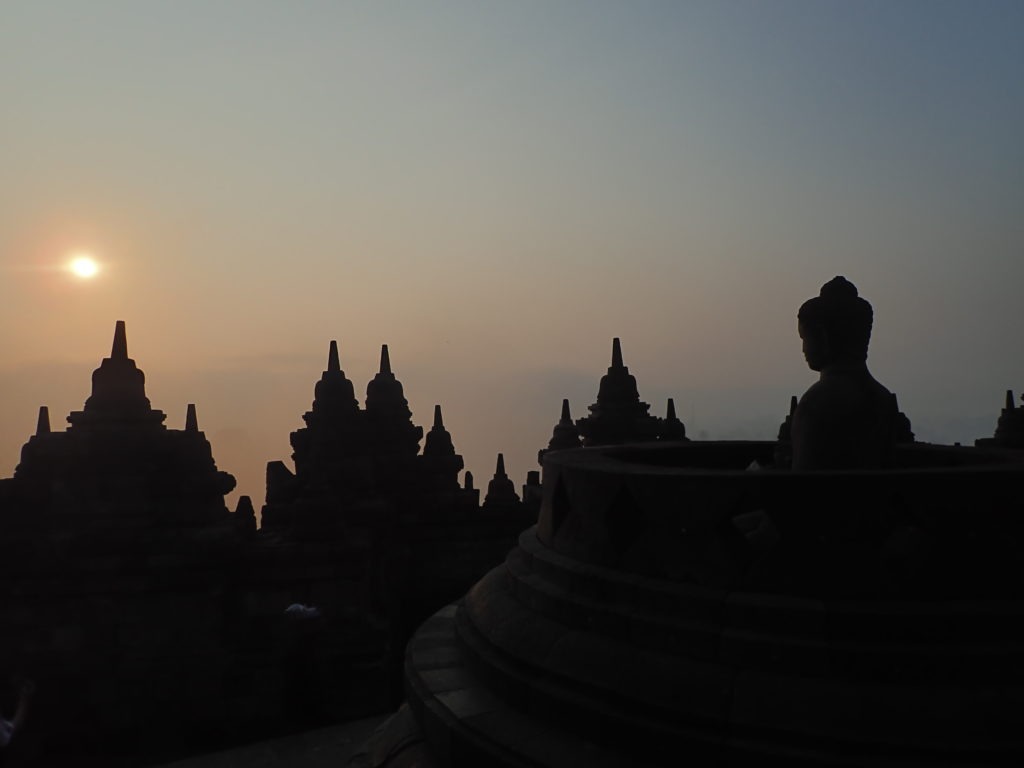
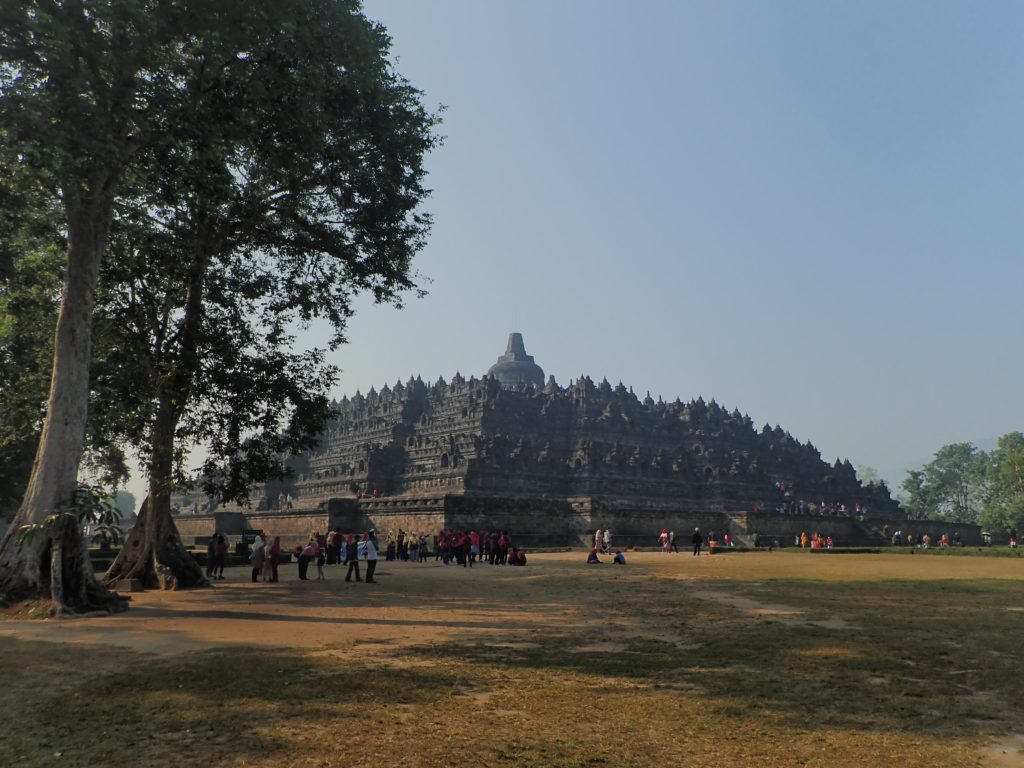
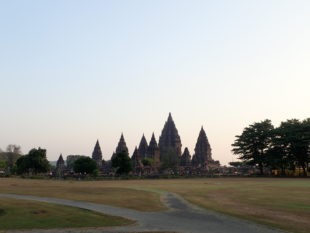
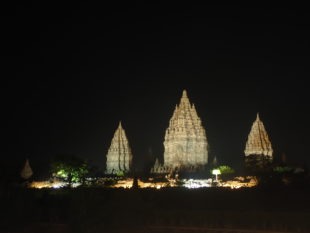
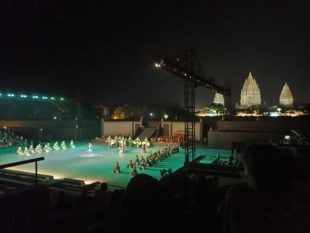
2 Comments
Rajan
March 7, 2021 @ 17:52
Thank you so much for your guidance. This is really great advice. Incase if you travel to India by train then you can check the tqwl cancellation charges of Indian trains.
best mentawai surf resort
November 29, 2023 @ 08:22
Surf camps typically offer structured lesson plans and progression levels.